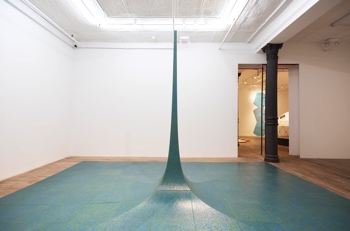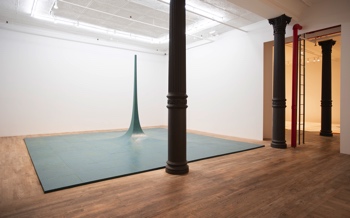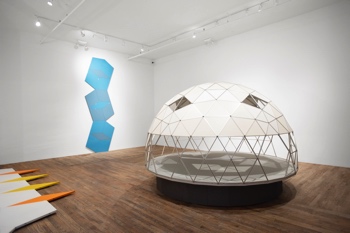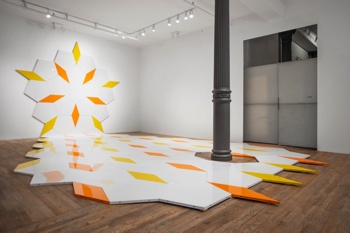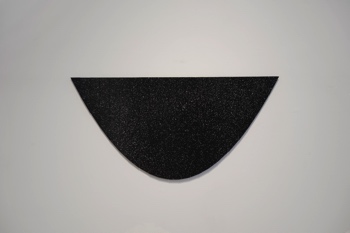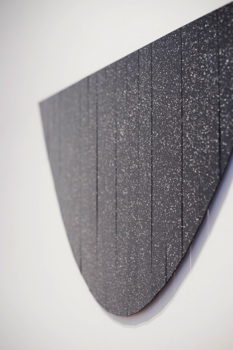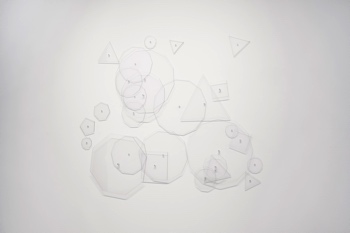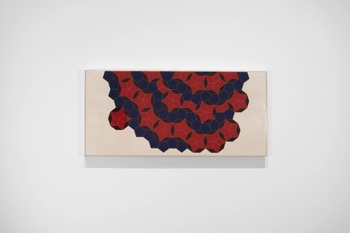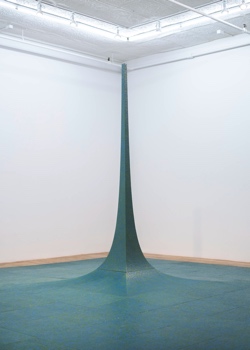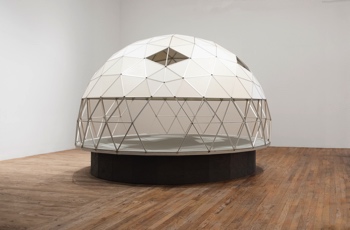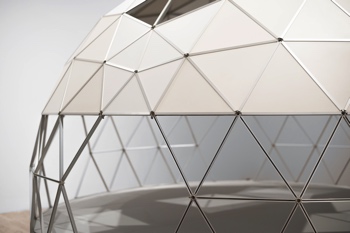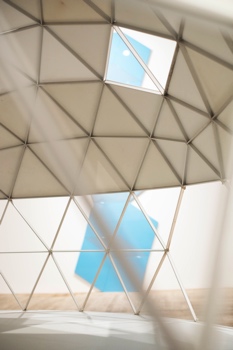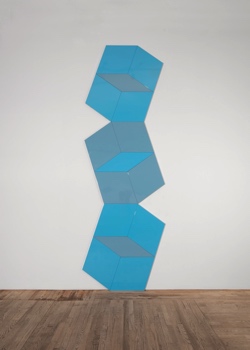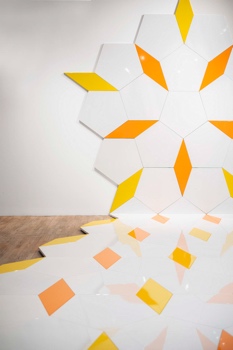
September 8 – October 20, 2018
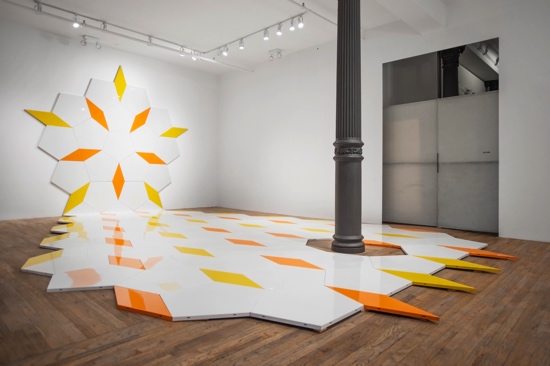
Inaugurating the fall season, Postmasters is pleased to announce a solo exhibition of
Bernard Kirschenbaum, spanning both galleries on Franklin Street. The works date
from the years 1966 to 1996, and comprise monumental and experiential sculptures
and installations. Bernard Kirschenbaum's estate is Postmasters Gallery's first ever
estate representation. The artist's early engagement with topographics and
computational systems feels increasingly prescient in our digitized contemporary moment.
Kirschenbaum had a sizable and influential presence in early sixties and seventies downtown
New York art community. He was an integral part of the early years of Park Place Gallery,
112 Greene Street Space, Sculpture Now Gallery, and Anarchitecture Group. He was one of
the first artists to be shown at Paula Cooper Gallery.
Originally trained as a designer and architect, Kirschenbaum collaborated with Buckminster
Fuller before turning to sculpture in the early 60s. In everything he did, he was chasing one
of the most abstract of concepts: the "elegant solution," a notion mostly known in
mathematical circles, that attempts to solve a problem in the most efficient, refined,
beautiful manner, to arrive at the ultimate form. The same succinct computations define
the purest solutions in architecture, mathematics, and ultimately, computer science.
Kirschenbaum strived for the elegance and concision that motivated the ventures of modernists
and minimalists alike. His was a unique perspective, though, especially in the emerging movement
of geometric abstract object making. From the outset, the calculative complexities of Kirschenbaum's
architectural work informed his exploration of shapes, space, and patterns. It led him to see and define
such forms as topographic surfaces, not unlike today's computer modeling programs.
In his first show in 1966, at the invitation of Forrest "Frosty" Myers, at Park Place Gallery, he exhibited
a cluster of geodesic domes. In 1969, he exhibited two vast, geometric works made of painted steel
at Paula Cooper Gallery: Two Element City and Three Element City, whose striking red
and brown diamond shapes swirling around blue pentagons, originated in the floor design for a residential
geodesic dome he built for Susan Weil, the artist and his future wife. This aperiodic tiling system, which
Kirschenbaum invented independently in the early sixties, would later become known as Penrose Tiles,
after the British physicist who published a description of them in 1974.
Through the 1970s, Kirschenbaum worked on series of geometric sculptures and installations involving
the parabola and catenary. Several of these large-scale works involved soft materials ‐cable, chain,
or pipe ‐spanning distant points to produce a composition of catenary arcs. Other prominent series
of works include hanging and curtain-like installations to engage viewers in a transformed space;
computer-controlled plotter drawings, in which new concepts of algorithmic "randomness" and rule-making
evoke the ancient concept of fate; and an extraordinary Self-Portrait series, originating from a mandala-like
drawing, in which Kirschenbaum nests seventeen polyhedra within a larger, concentric whole. A triangle
nests within a square, within a pentagon, within a hexagon, within heptagon, within an octagon, within
an nonagon, within a decagon, within a hendecagon, within a dodecagon, within a tridecagon, and so forth.
Subsequently, this group of shapes became a vocabulary to create works using computer logic. By applying
a few simple rules to these elements, one of them being algorithmic randomness, Kirschenbaum created
several series of plotter drawings and sculptures. For Kirschenbaum, elegance was experiential and abstracted,
existing beyond the objects in the world, including those he created.
In a review of Plywood Arcs, a 1973 exhibition at 112 Greene Street, writer Ellen Lubell wrote:
The curve of the circle of the present piece was plotted on a computer; whether or not this
makes any difference to the viewer when confronted by the piece is questionable, but this
knowledge does reveal an aspect of Kirschenbaum's relationship to the art-making process.
Kirschenbaum is not interested in his pieces as objects of aesthetic delectation, but as objects
of a kind of experience which itself is subject to a kind of aesthetic delectation. We are not treated
to the feel of his hand in this work, nor the scope of his personal expressiveness; instead, what he has
done is to produce, almost industrially, an object which invites us to form a physical relationship with
it as no ordinary base-bound or Cubist-related sculpture could possibly do.
‐ ARTS Magazine, February 1974
Bernard Kirschenbaum (1924-2016), a native New Yorker, studied horticulture and architecture at
Cornell University and the IIT Institute of Design (founded as the New Bauhaus) in Chicago, respectively.
He was a soldier in United States Army from 1943 to 1946. He worked with Buckminster Fuller and
exhibited, among other places, at Park Place Gallery; Paula Cooper Gallery; 112 Greene Street;
Sculpture Now Gallery; Corcoran Gallery of Art; Max Hutchinson Gallery; Galerie Nordenhake, Malmö
and Stockholm; Malmö Konsthall; and Moderna Museet, Stockholm.
For further information and a list of available works, please contact the gallery.
